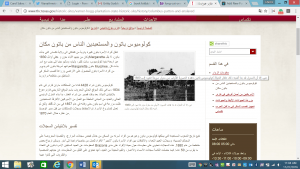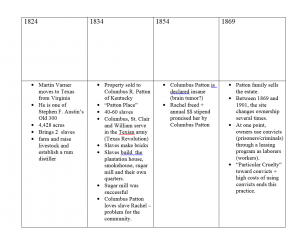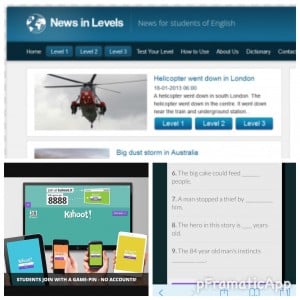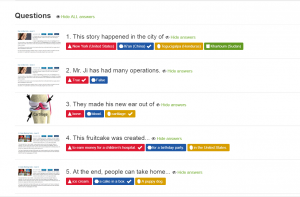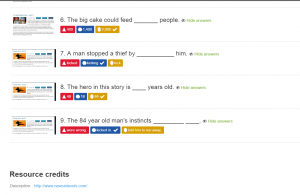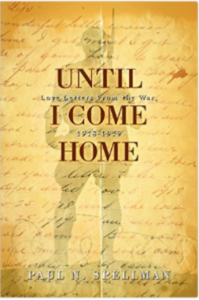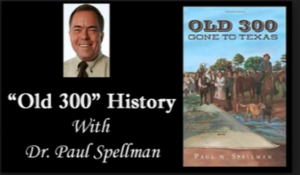You’d like to use theories of translanguaging in your classroom but it seems like too much work? One click on a web page and many of your students have a native-language resource.
In Google Chrome it was just a right-click to bring up this dialog box. (More on Chrome Translating) Pick a language and the translation may not be perfect (often is not) but it is a great support. I have some international students and volunteers working with SIFE (under-schooled) students. Offering the help of this resources is often very effective for helping build background.
So yes! We are taking a trip to a plantation! If I give all of my students a bit of background on the site, the English tour and English class discussions will be so much more comprehensible for everyone. (Native English students will benefit from this, of course.) I want to have the students work in groups to discuss the major events that happened at this location so I will provide sentence frames for that. But to make sure they understand the events, I’ve cut & pasted some of the events from the website to this WORD document. I’d like them to do a quick illustration with an English sentence for each event. I’ve highlighted 10 events in all, so we will likely jigsaw this activity or do it on posters for a gallery walk:
What I used to worry about: Recent immigrants lack the background knowledge of our country when trying to learn about U.S. History. Something I try to keep in mind now is that they have an abundance of background knowledge in other areas! This adds to the depth of everyone’s learning.
History is a wonderful opportunity to look at over-arching concepts that can be applied and aligned to local history, world history and even current events.
Several of my newcomers had intimate knowledge of what it is like to be in a time of war. Their perspective is incredibly powerful for our learning about things like push/pull factors, establishment of governments, conflict, etc.
We are all fortunate to have history all around us. What places in your area can be visited to deepen the classroom conversation and learning across content areas?
At this point in the year (December) we have very few beginners for listening comprehension that started the year with us. Everyone can understand basic English with support of visuals, gestures and other supports. But we have new arrivals all the time. I used to be perplexed at how to help my newest newcomers connect with what the class is doing.
I’m grateful research and findings in the area of Translanguaging. There is now evidence that using the native language is a powerful and effective way of deepening learning and helping ELs acquire both content and language learning in their second language. More by CUNY-NYSIEB, The Graduate Center, The City University of New York here: http://www.nysieb.ws.gc.cuny.edu/files/2012/06/FINAL-Translanguaging-Guide-With-Cover-1.pdf
Consider taking a trip to a historic site and look for a place that offers historical events that tie to historic events they will need to learn in other content areas. (Bonus! Archeology is a fantastic tie to science, technology and math – be sure to look for any connections or areas of interest your students show you.)
Happy language learning!
Carol

